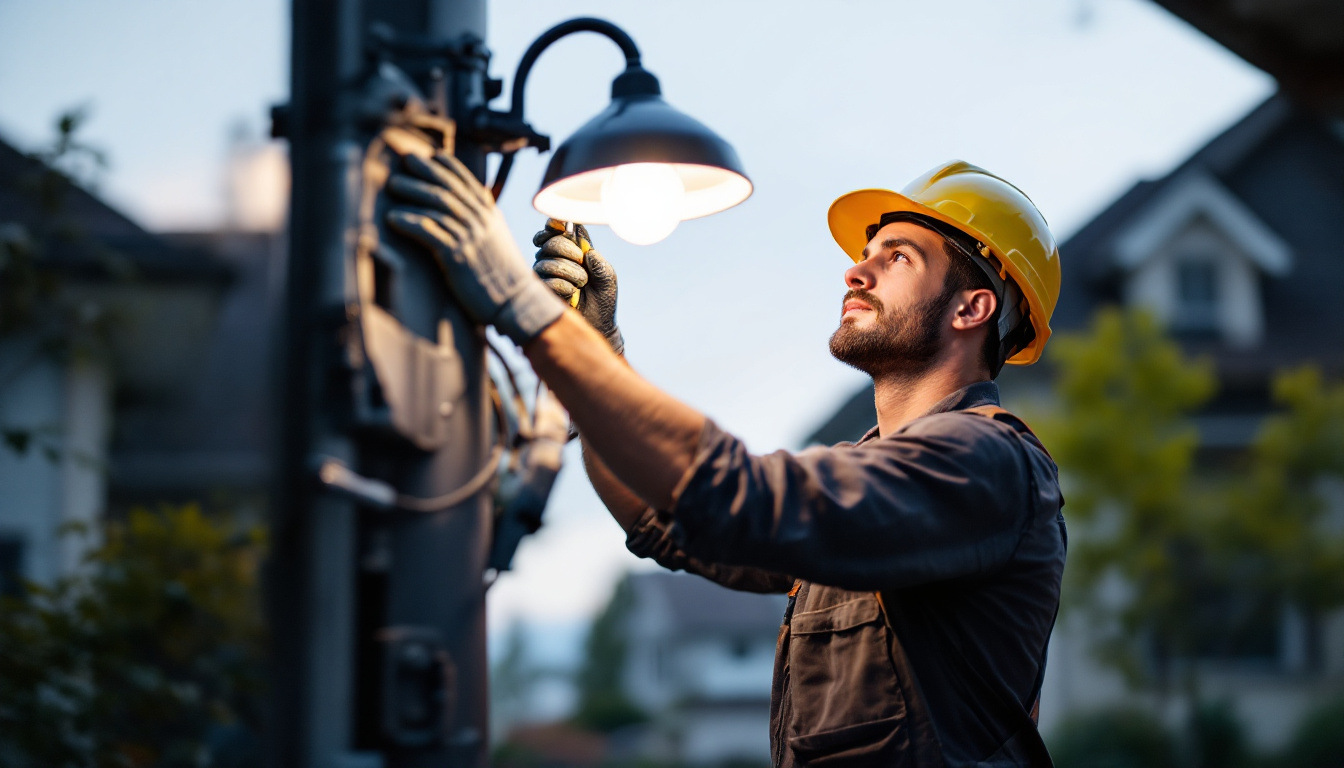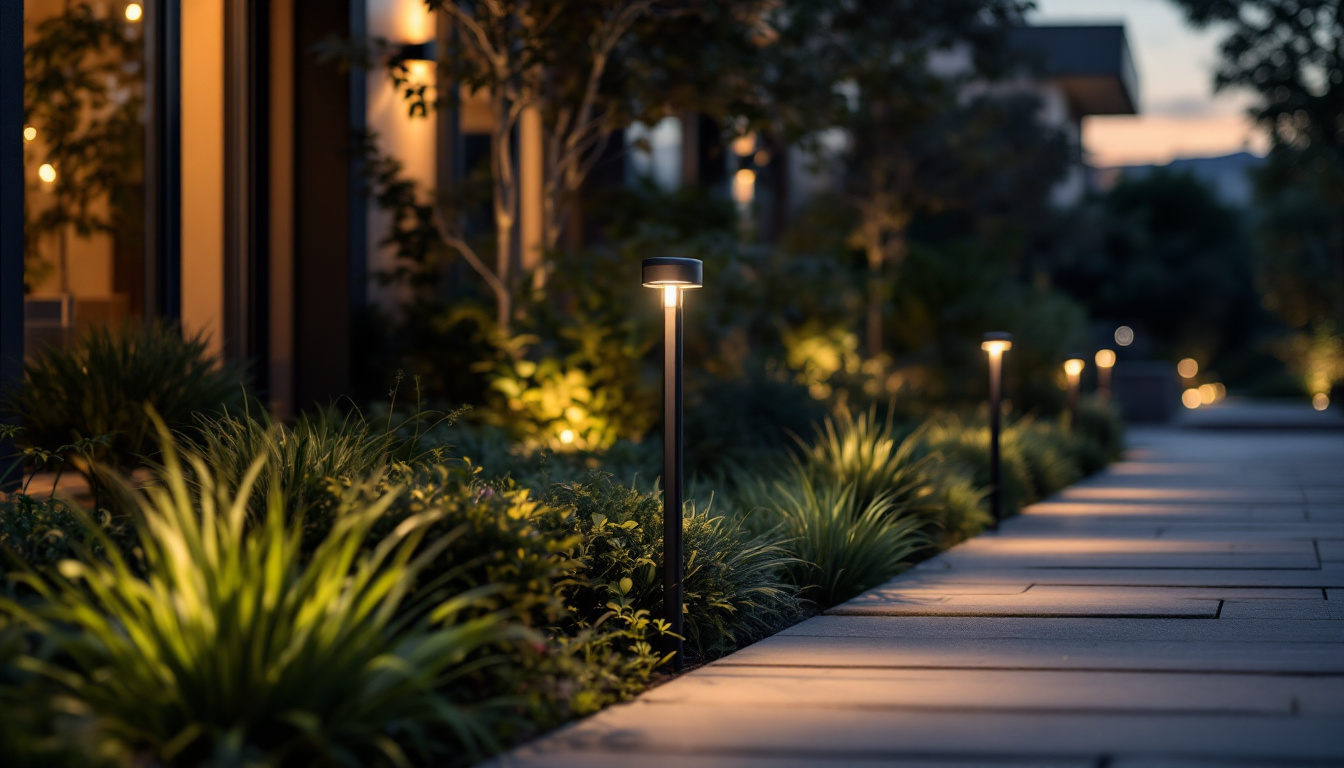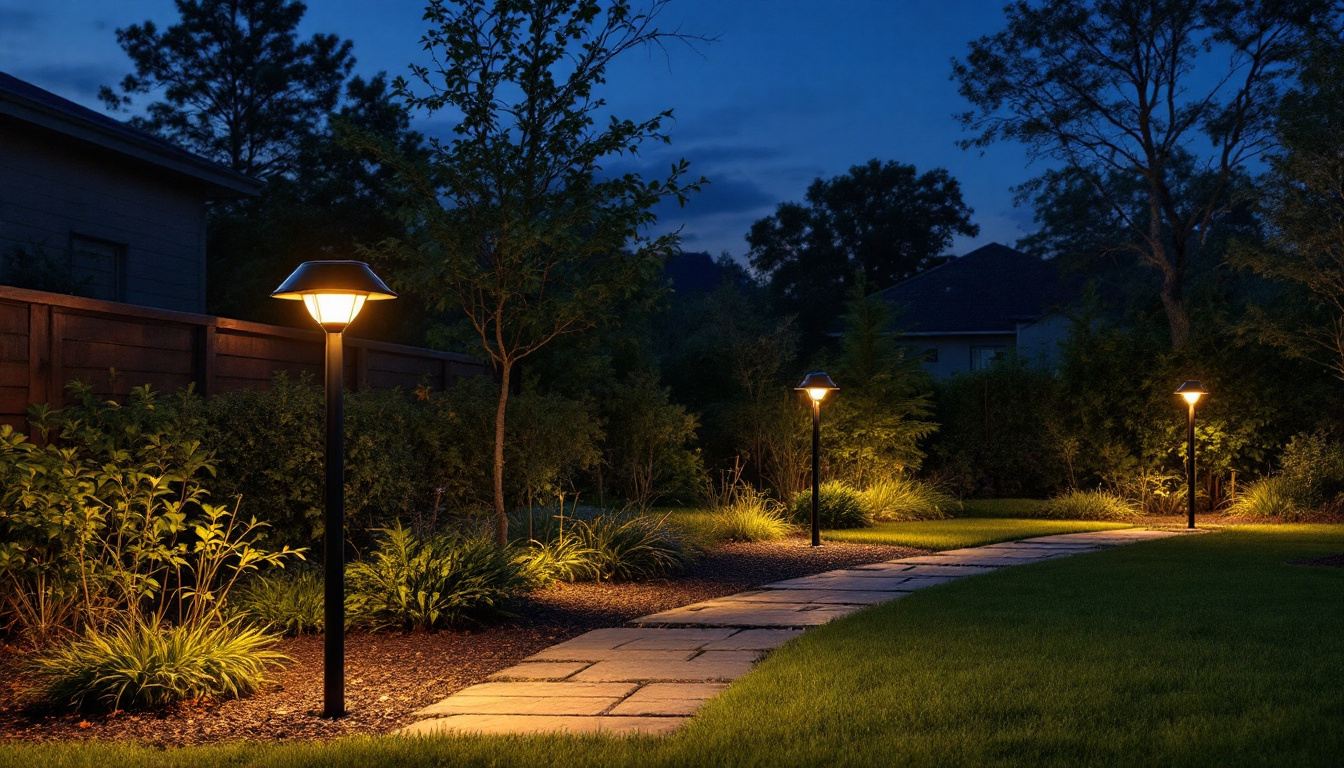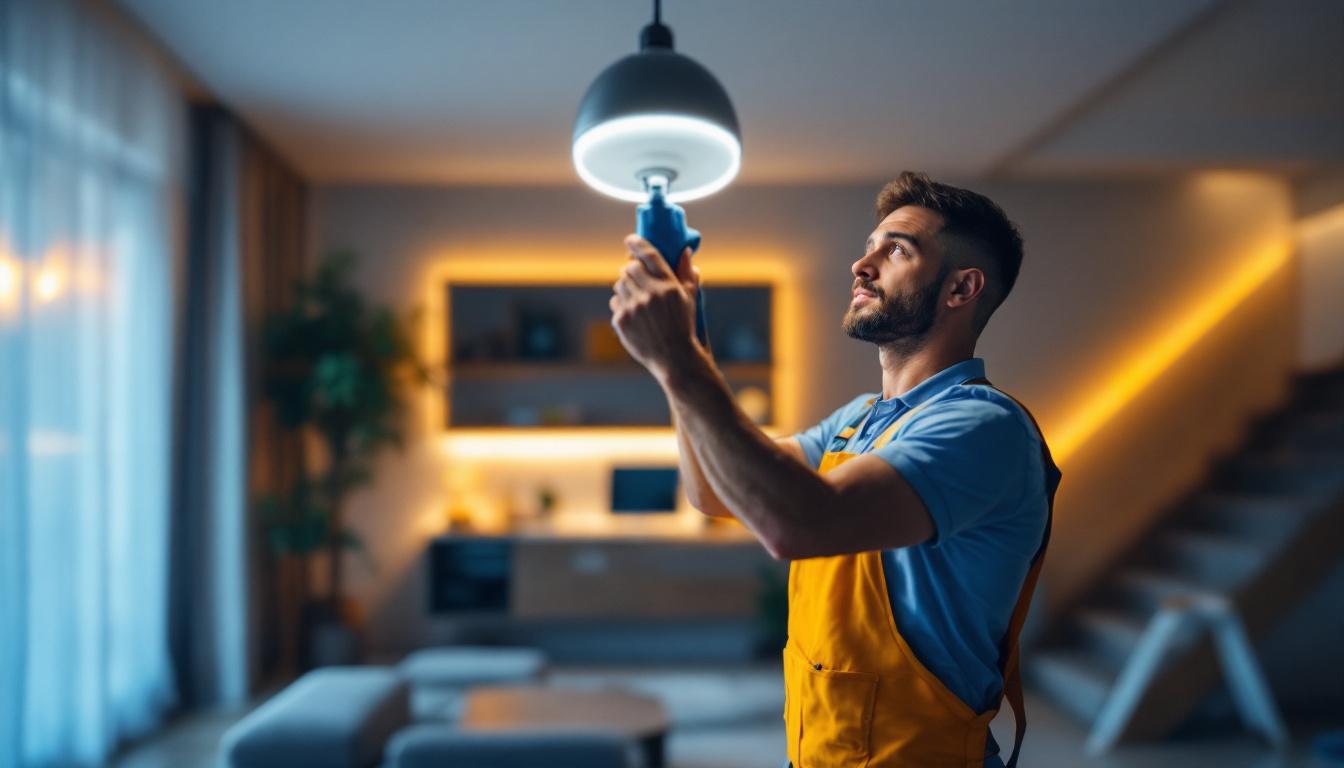
lighting contractors play a crucial role in ensuring that residential and commercial spaces are well-lit and visually appealing. Among the various types of lighting configurations, single pole switches are among the most common. Understanding the intricacies of single pole lighting systems can enhance efficiency and safety in installations. This article provides essential tips for lighting contractors working with single pole switches.
Single pole switches are designed to control a single light fixture or a group of fixtures from one location. They are straightforward in design and operation, making them a popular choice in many lighting installations. Familiarity with their function and application is vital for any lighting contractor.
The primary function of a single pole switch is to open or close the electrical circuit, allowing or cutting off the flow of electricity to the light fixture. This simple mechanism is what makes it a staple in residential lighting. When the switch is flipped up, the circuit is completed, and the light turns on; when flipped down, the circuit is broken, and the light turns off. This fundamental operation not only provides convenience but also enhances energy efficiency by allowing users to easily control their lighting needs without unnecessary energy waste.
Single pole switches are typically found in various settings, from homes to offices. They are ideal for controlling lights in small rooms, hallways, or any area where a single point of control is sufficient. Understanding where to use single pole switches effectively can streamline the installation process and improve customer satisfaction. For instance, in a home, they are commonly installed at the entrance of a room, allowing occupants to enter and illuminate the space with a simple flick of the switch. In commercial settings, these switches can be used in conference rooms or break areas, where easy access to lighting controls is essential for creating a comfortable environment.
While single pole switches are relatively straightforward, safety must always be a priority. Ensuring that the circuit is de-energized before beginning any work is crucial. Additionally, using the correct gauge of wire and ensuring connections are secure can prevent potential hazards. It is also advisable to use switches that are rated for the specific voltage and amperage of the circuit they will control. Furthermore, regular inspection and maintenance of switches can help identify any wear or damage, ensuring that they continue to operate safely and effectively over time.
When installing single pole switches, it is essential to follow a few best practices to ensure a successful setup. First, always turn off the power at the circuit breaker before beginning any installation work. Next, use a voltage tester to confirm that the power is off, preventing any accidental shocks. During installation, it is beneficial to use wire connectors to secure connections, which not only enhances safety but also improves the longevity of the switch. Additionally, consider the placement of the switch; it should be mounted at a height that is easily accessible and away from any potential obstructions, ensuring that it can be operated comfortably by all users.
With a variety of designs and styles available, selecting the right single pole switch can also enhance the aesthetic of a space. From traditional toggle switches to modern rocker switches, the choice can reflect the overall decor of a room. Moreover, some switches come with additional features such as illuminated toggles or smart technology integration, allowing for more advanced control options. When advising clients on their choices, it’s important to consider both functionality and style, ensuring that the selected switch not only meets their practical needs but also complements their interior design.
Proper installation of single pole switches is essential for functionality and safety. Following best practices can help avoid common pitfalls and ensure a successful installation. A well-installed switch not only enhances the aesthetics of your space but also contributes to the overall efficiency of your electrical system.
Before starting the installation, ensure that all necessary tools and materials are on hand. Common tools include a screwdriver, wire stripper, voltage tester, and pliers. Additionally, having the right type of single pole switch and compatible wiring is crucial for a seamless installation. Consider the amperage and voltage ratings of your switch to match the requirements of your circuit. Using high-quality materials can also lead to a more reliable and longer-lasting installation, reducing the need for future repairs.
1. **Turn Off Power**: Always start by turning off the power at the circuit breaker to ensure safety during installation.
2. **Remove Existing Switch**: If replacing an old switch, carefully remove it by unscrewing it from the electrical box and disconnecting the wires.
3. **Prepare Wiring**: Strip the ends of the wires to expose enough copper for a solid connection. Typically, a quarter-inch of exposed wire is sufficient. Make sure to inspect the condition of the wires; frayed or damaged wires should be replaced to ensure safety.
4. **Connect the New Switch**: Attach the black (hot) wire to one terminal and the other black wire to the second terminal on the switch. If there is a ground wire, attach it to the green grounding screw. Double-check that the connections are tight and secure, as loose connections can lead to overheating and potential fire hazards.
5. **Secure the Switch**: Once the wires are connected, carefully push them back into the electrical box and secure the switch with screws. Ensure that the switch is level and properly aligned with the wall for a polished look.
6. **Restore Power and Test**: After ensuring everything is secure, restore power at the circuit breaker and test the switch to confirm it operates correctly. If the switch does not function as expected, turn off the power again and recheck your connections.
Even experienced contractors can make mistakes during installation. Some common pitfalls include:
Additionally, be mindful of the orientation of the switch. Installing it upside down can lead to confusion and inconvenience, especially in high-traffic areas. Furthermore, consider labeling the switch if it controls multiple fixtures, as this can help others understand its function without guesswork.
Even with careful installation, issues may arise with single pole switches. Knowing how to troubleshoot these problems can save time and enhance service quality.
Some common issues with single pole switches include:
1. **Check the Bulb**: Start by replacing the bulb to rule out a simple issue.
2. **Inspect the Circuit Breaker**: Ensure that the breaker has not tripped and reset it if necessary.
3. **Examine Connections**: Turn off power and inspect the switch connections for any loose or damaged wires.
4. **Test the Switch**: Use a multimeter to check if the switch is functioning correctly. If it’s faulty, consider replacing it.
In some cases, the issue may be beyond simple troubleshooting. If problems persist after checking the bulb, breaker, and connections, it may be time to consult a licensed electrician. This is especially true for issues involving complex wiring or if there is any sign of electrical damage.
Providing excellent service is key to building a successful lighting contracting business. Understanding customer needs and effectively communicating can lead to higher satisfaction rates.
Clear communication with clients about their lighting needs and preferences is essential. Discussing the benefits of single pole switches, such as their simplicity and reliability, can help clients feel confident in their choices. Additionally, explaining the installation process and addressing any concerns can build trust.
Consider offering value-added services, such as energy efficiency assessments or recommendations for LED lighting upgrades. These services not only enhance customer satisfaction but also position the contractor as a knowledgeable resource in the industry.
After completing a project, following up with clients can help maintain relationships and encourage repeat business. A simple phone call or email to check on their satisfaction with the installation can go a long way in building loyalty.
The lighting industry is constantly evolving, with new technologies and trends emerging regularly. Staying informed about these changes can enhance a contractor’s skill set and service offerings.
Participating in workshops, webinars, and training sessions can help contractors stay current with the latest techniques and technologies. Many organizations offer certifications that can enhance credibility and demonstrate expertise to clients.
Joining industry associations or local contractor groups can provide valuable networking opportunities. Engaging with peers can lead to sharing best practices, gaining insights into new products, and staying informed about regulatory changes.
As smart home technology becomes more prevalent, understanding how to integrate lighting systems with smart devices is becoming increasingly important. Familiarizing oneself with these technologies can provide a competitive edge and meet the evolving needs of clients.
Single pole switches are a fundamental component of lighting installations, and understanding their functionality, installation, and troubleshooting is essential for lighting contractors. By following best practices, enhancing customer satisfaction, and staying updated with industry trends, contractors can ensure successful projects and build a reputable business. Implementing these quick tips can lead to improved efficiency, safety, and client satisfaction, ultimately contributing to a thriving contracting career.
Ready to elevate your lighting installations with the highest quality switches and fixtures? Look no further than LumenWholesale for all your contractor needs. Our spec-grade lighting products are designed to meet the rigorous demands of your projects, ensuring durability and performance. With unbeatable wholesale prices and the convenience of free shipping on bulk orders, you can trust us to provide the best value without any hidden costs. Make your next project shine and experience the best in wholesale lighting with LumenWholesale.

Explore the transformative journey of sensor lights in outdoor settings, highlighting their technological advancements, energy efficiency, and impact on modern lighting solutions.

Discover the innovative strategies smart lighting contractors use to select and install the best solar lights.

Explore the advantages and drawbacks of low-profile LED lights for lighting contractors.

Discover the key differences between T8 and T12 fluorescent tubes in this comprehensive guide tailored for lighting contractors.